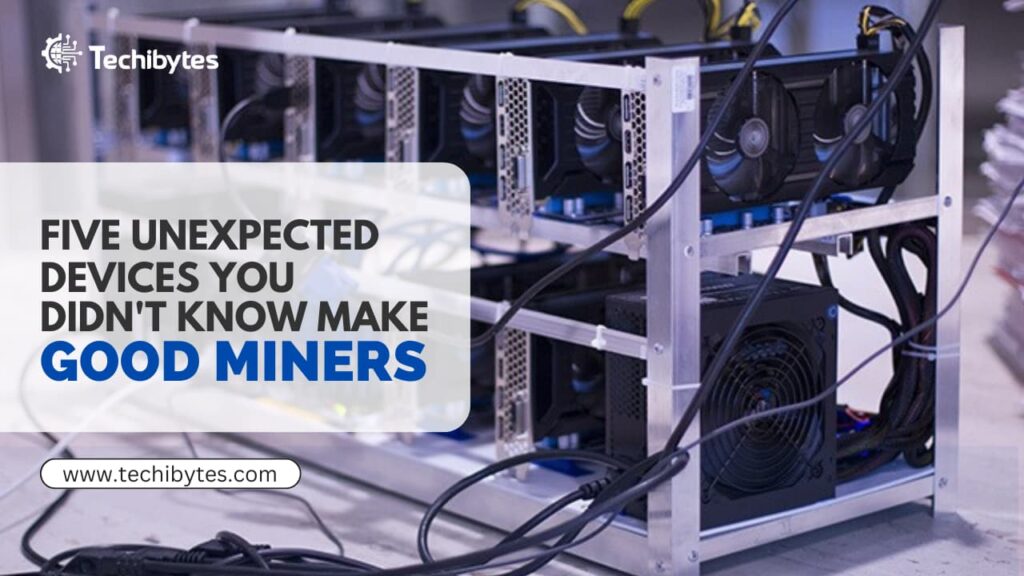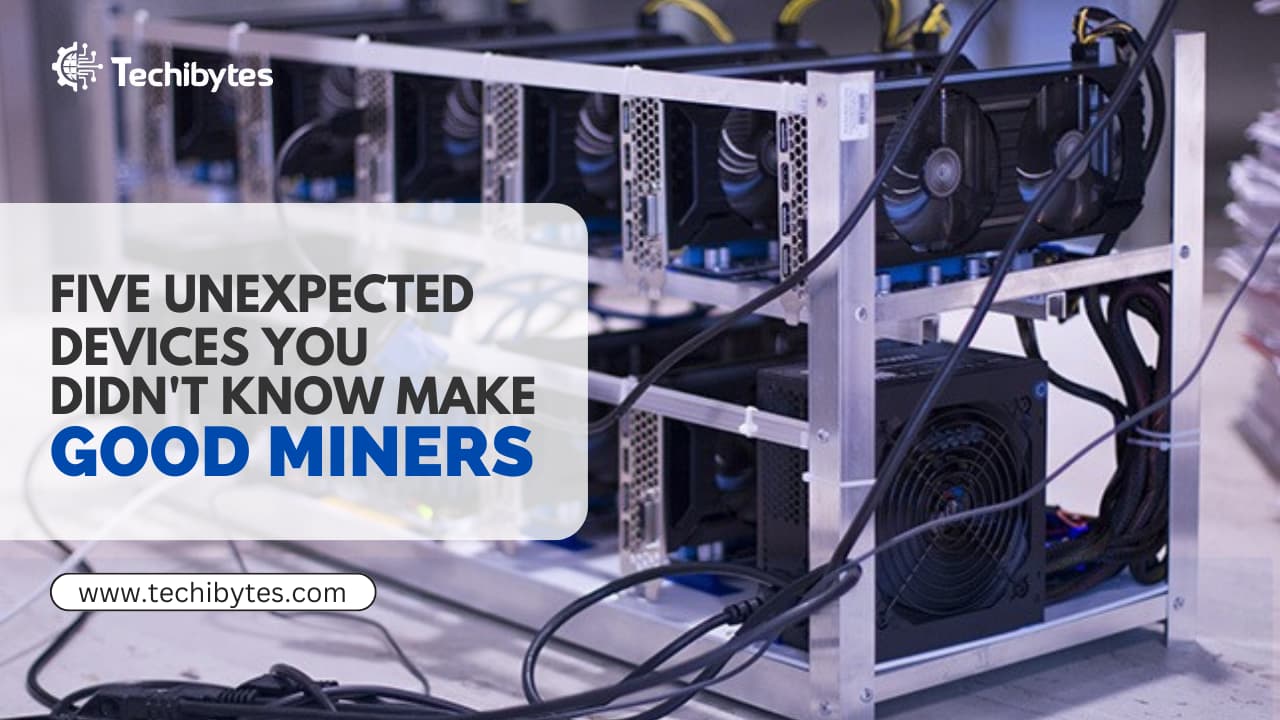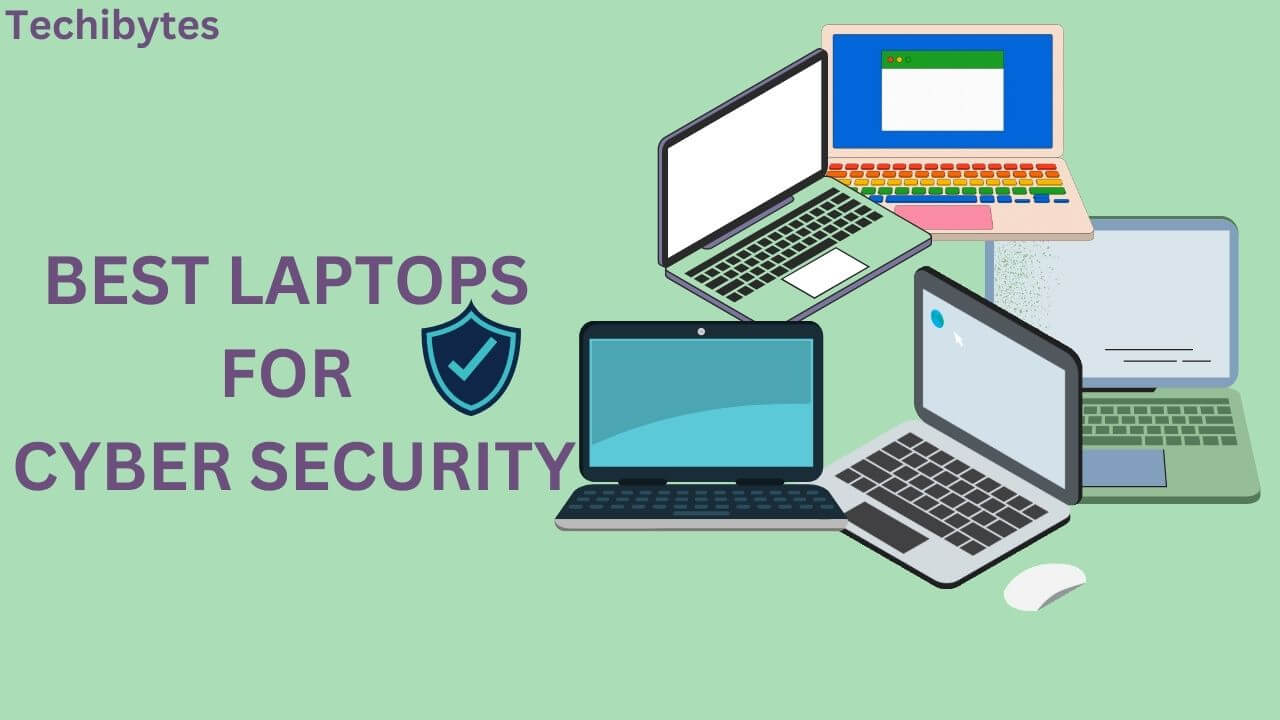Crypto mining, at its core, is all about complex math computations. So in theory, any computer is capable of doing it. It’s just a matter of whether or not it would be worth doing as an experiment or investment.
The first thing that comes to mind is often multi-GPU setups, the backbone of the DIY enthusiast crypto mining hobby for the last two crypto mining booms.
However, there are also other, lesser-expected miners out there worthy enough of being built or used. These are not just your average DIY miners mind you. They can be potentially practical even for daily use in a post-2022-crypto-crash world.
Table of Contents
Basic Crypto Mining Requirements

Make more money than the energy used to make it work. It is that simple. To fulfill this net positive objective, there are several specific considerations, which are often combined to exponentially increase the potential gains of the system:
Choose hardware that’s energy efficient – if using GPUs for mining, for example, you can compare TFLOP and TDP values between your target products. The higher the TFLOP values for the amount of TDP needed, the better.
Choose hardware with high compute potential – The hardware itself must be modern enough and powerful enough, as it is usually the best available model in terms of power-to-performance ratio. For example, the GTX 1660 Super was considerably better at mining than the GTX 1070, even if they have relatively similar power requirements.
Keep the system cooled sufficiently – all computer hardware is subject to what’s known as thermal throttling, when operating past their designed limitations.
Prevent this to maintain a consistent efficiency curve. ASIC miners, for example, may have different fan configurations than other types of computers to compensate for faster (and therefore more heat-generating) performance values.
Extrapolate a realistic time frame for payback and future earnings – consider the value of the cryptocurrency you are about to mine today, then several months/years down the road. If the system can’t at least pay for itself in about a year or two, reconsider your investment.
Unusual Miner 01: Cars
Cars are pretty advanced nowadays, with most modern models being outfitted with complete PC systems. This is one of the reasons why automobiles were one of the products that were most affected by the global chip shortage last 2020-2021.
But, because of this modern trend, cars with particularly powerful computers can effectively mine cryptocurrency. The entry feels kind of a cheat, because you can definitely throw a desktop PC inside a vehicle and it would technically count as the same. But we are talking about custom-made systems here with a different way to generate power. Plus the software is considerably different.
For example, a couple of Tesla Model 3 owners reconfigured their EVs to mine Ethereum, connecting a bunch of discrete GPUs inside the car, and then using the vehicle’s energy management system and battery to supply the needed power.
Even more faithful to the original concept, Toronto-based Daymak Avvenire has developed Spiritus, a concept car designed to mine cryptocurrency when the vehicle is idle. It will be equipped with its crypto wallet, the Nebula, which will be configured to eventually be able to store various coins such as Bitcoin, Ethereum, Cardano, and more.
Unusual Miner 02: IoT Networking Devices
Even something as simple as networking devices can be designed to mine cryptocurrency. The obvious caveat, is that there is some sort of compensation needed for the relatively small computing power of such devices.
For the relatively new Helium blockchain, this means revamping the entire cryptocurrency to establish what is called a proof-of-coverage system. Instead of complex computations, it processes radio waves.
Helium miners are basically customized WiFi hotspots. You either provide the service and “witness” all moving network traffic from the network, or stake a token deposit depending on the user density of other miners nearby your registered device(s).
Because each hotspot generates little electricity compared to traditional crypto miners, profitability is technically easier. But there are a lot of factors to consider such as your location, the number of miners in your area, and the type of network setup. In a poor location, profits can be a low as $1 a day, while those with better factor combinations can earn $50 a day.
Unusual Miner 03: Commercial Space Heaters
No, you’re definitely not the first person who considered using mining rigs as heaters. There have been a few mining heater concepts tried out there. But the general consensus nowadays is that, unless crypto mining is your hobby, you’d best just purchase a dedicated space heater for a fraction of the investment cost.
Unless, you are using something like Heatbit. At a glance, it definitely takes on the sleeper look, never looking like it has heavy compute capabilities. But it is actually a dedicated Bitcoin miner, optimally configured to also provide safe heating on the side.
According to the company’s claims, it is capable of heating 500 square feet of space while earning you back an equivalent of $30 per month in Bitcoin (if Bitcoin is equated at $20,000). Not the most efficient, but certainly provides points for negating or reducing winter heating bills.
Aside from perfectly looking like a normal living room appliance, Heatbit is supposedly also quiet. Or at least significantly less audio-intrusive than its regular busybody ASIC counterparts. Operation is also pretty straightforward, requiring only a wireless internet connection (and a few more intuitive setup instructions) to start its job.
At the moment, Heatbit is being offered at a not-so-profitable cost of $1200. This significantly extends the time before it breaks even at Bitcoin’s current state. But the owner of the product insisted that it is theoretically better than buying high-end space heaters of similar prices (but doesn’t mine crypto).
Unusual Miner 04: Laptops (Specifically Used Gaming Laptops)
Yes, it is easy to set up a miner on a laptop as it is on a desktop. However, you most certainly won’t be doing it with ordinary laptops using integrated GPUs capable of only playing online web browser games. You need something with a discrete GPU, preferably those at the higher end released around 2019 or so. Oh and most importantly, they need to be second-hand, and in good condition.
Given the correct configuration, you will be able to mine cryptocurrency as efficiently as something like the RX 580 or GTX 1660 Super. You need to raise the bar higher, and be a bit stricter when it comes to physical specs, as optimal cooling is very different on a laptop than simply using a spacious desktop unit.
You also have to consider if you are using that laptop for something else (mining only when idle), as well as if you are using multiple units (cannot be arrayed neatly like a GPU).
Most importantly, the highest critical factor in a laptop’s mining profitability is its price. Getting a good deal out of a perfectly functional gaming laptop arguably requires far more effort than just setting it up.
But with the right price, you might just be able to pay back its investment cost at a much earlier date than even some of the discrete desktop GPUs.
Unusual Miner 05: Old Flagship Phones from a Few Years Ago
Similar in principle to getting used gaming laptops from a few years ago, getting flagship-level smartphones from at least 2017 and later will also provide you hardware access to efficient crypto-mining tools.
Though at this point in time, the ideal year should be 2019, so it should be phones using Snapdragon 865, Dimensity 1100, or any other SoC of similar tiers.
As for setting them up, there is really no unified method. The app and system design would largely depend on the type of cryptocurrency you plan to mine. For example, an enthusiast miner claims to be mining XMRig somewhat efficiently by hooking up 16 different old Android phones.
Even Samsung briefly joined in on the first mining craze way back in 2017, when the company showcased a Bitcoin mining rig using 40 old Galaxy S5s. The entire system was quite more presentable, with the stacks of phones arranged neatly on a single unit tower.
Profitability via old flagship phones is quite trickier than simply using used gaming laptops, however, due to the crazy amount of scam mining apps on Android. Before you even start tinkering with these old pocket computers, you need to first be wary of these hidden malware programs.
Furthermore, you need to wade your way across several minor cryptocurrencies, usually either Monero or XMRig, none of which are anywhere close to the value of lesser-known stablecoins at the moment.
Lastly, don’t expect to be able to pull this off using a single unit, even if it is something like a brand-new Samsung Galaxy S22 Ultra. The scale of computation for such hardware means that you’ll need more units than your typical GPU mining rig.
If you liked this article, then please subscribe to our YouTube Channel for videos relating to this article. You can also find us on Twitter and Facebook.










